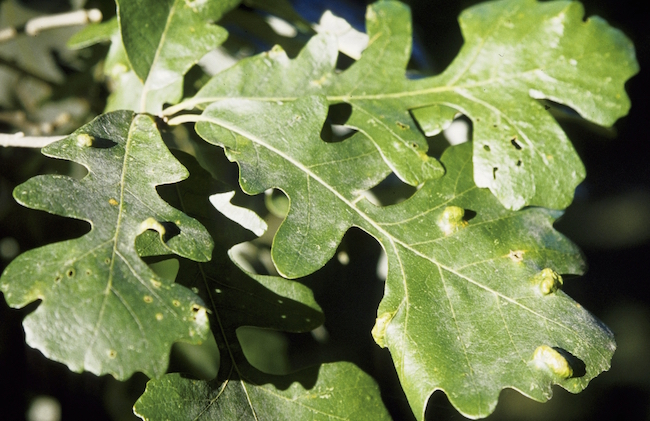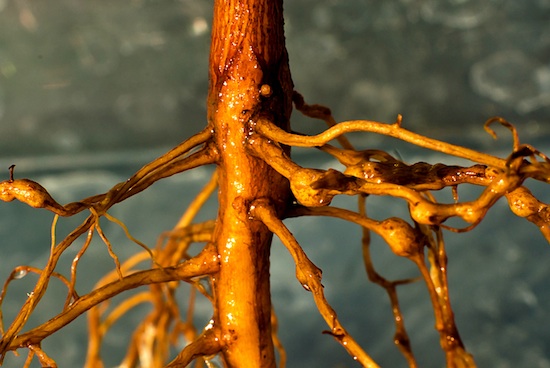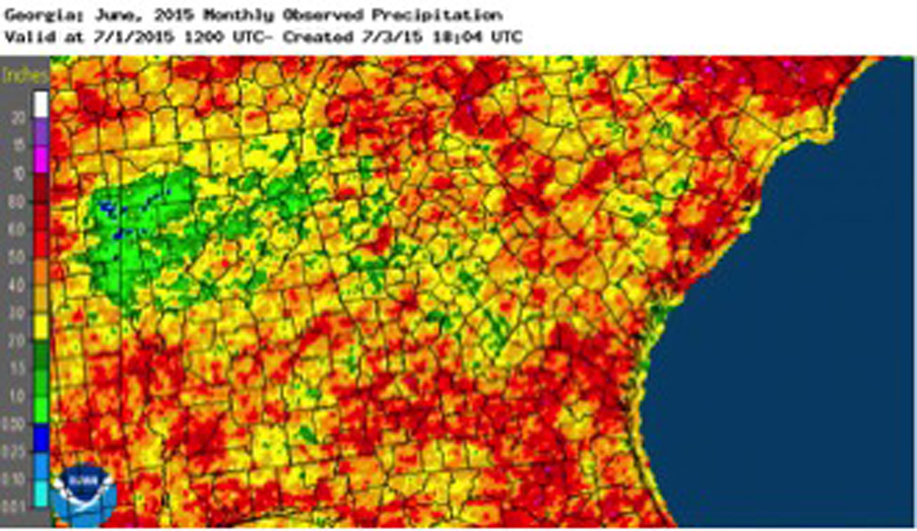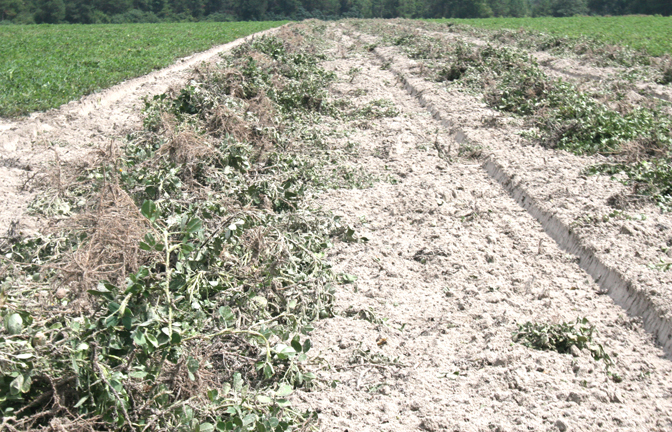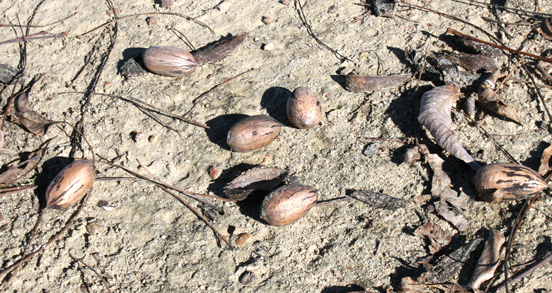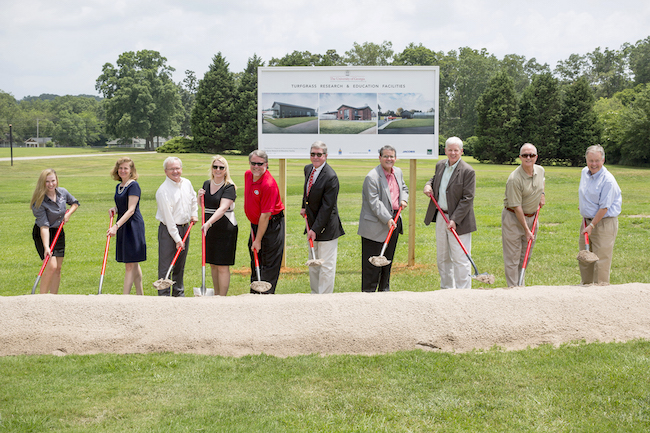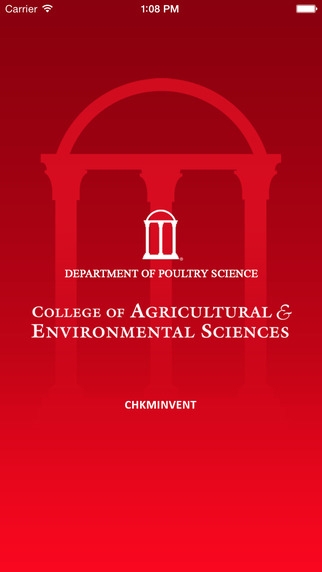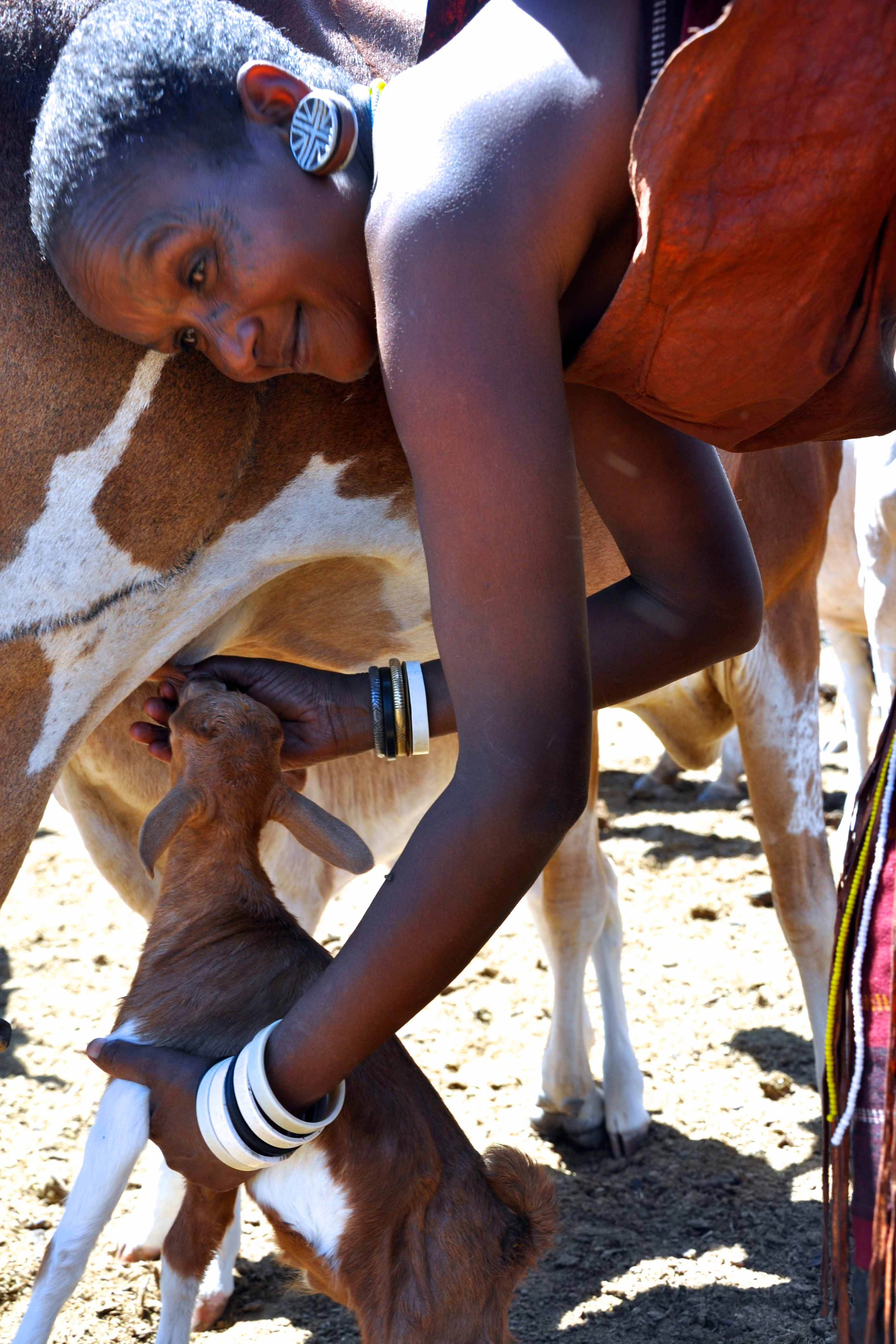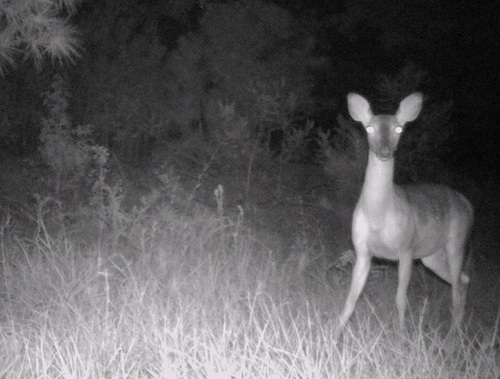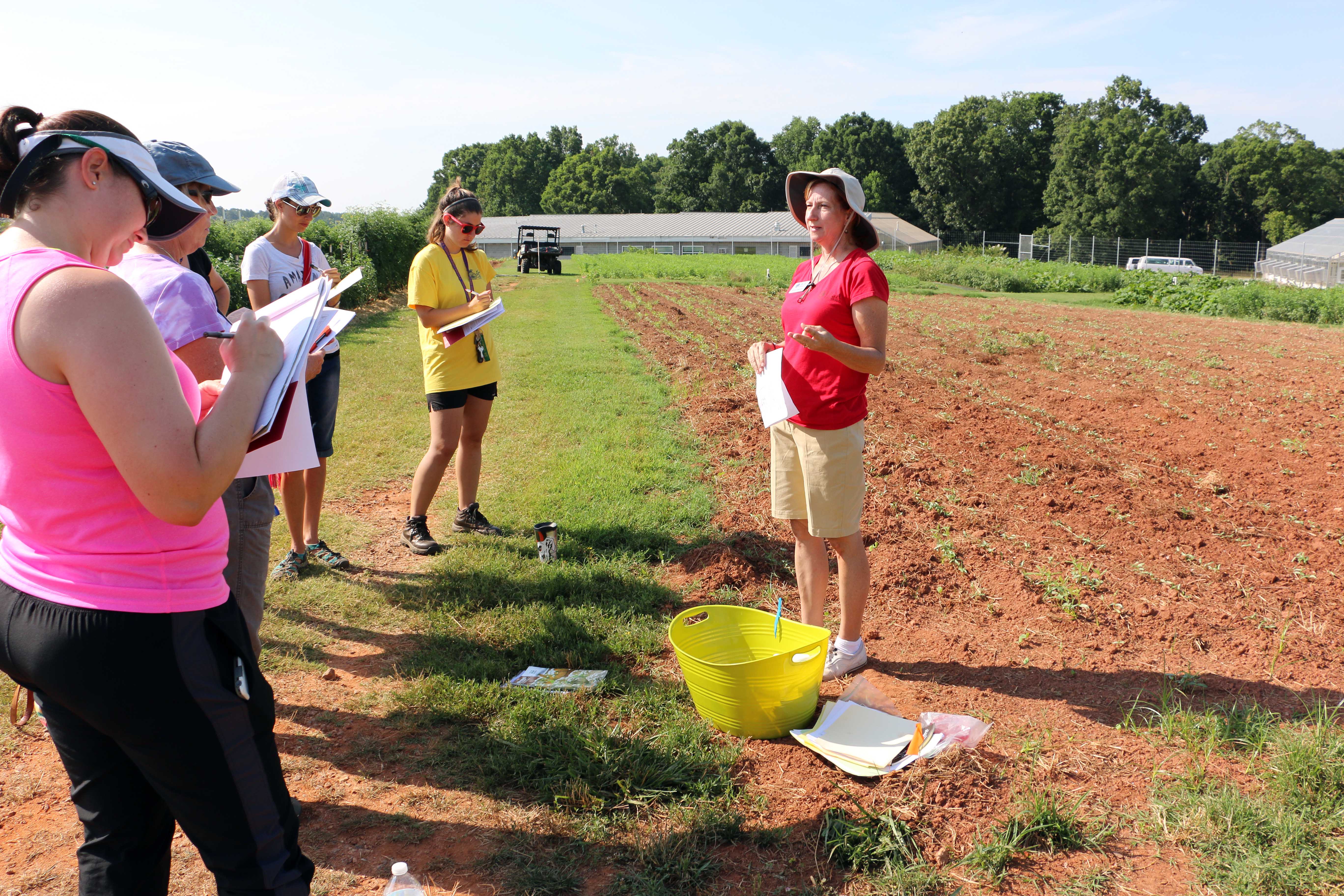 CAES News
CAES News
Community and School Gardens
A recent survey found there were more than 360 community and school gardens across the state. With that many Georgians gardening, there are bound to be questions about picking the right crops, identifying insects and improving garden soil. To that end, University of Georgia Cooperative Extension is expanding its already existing community and school garden outreach efforts.

